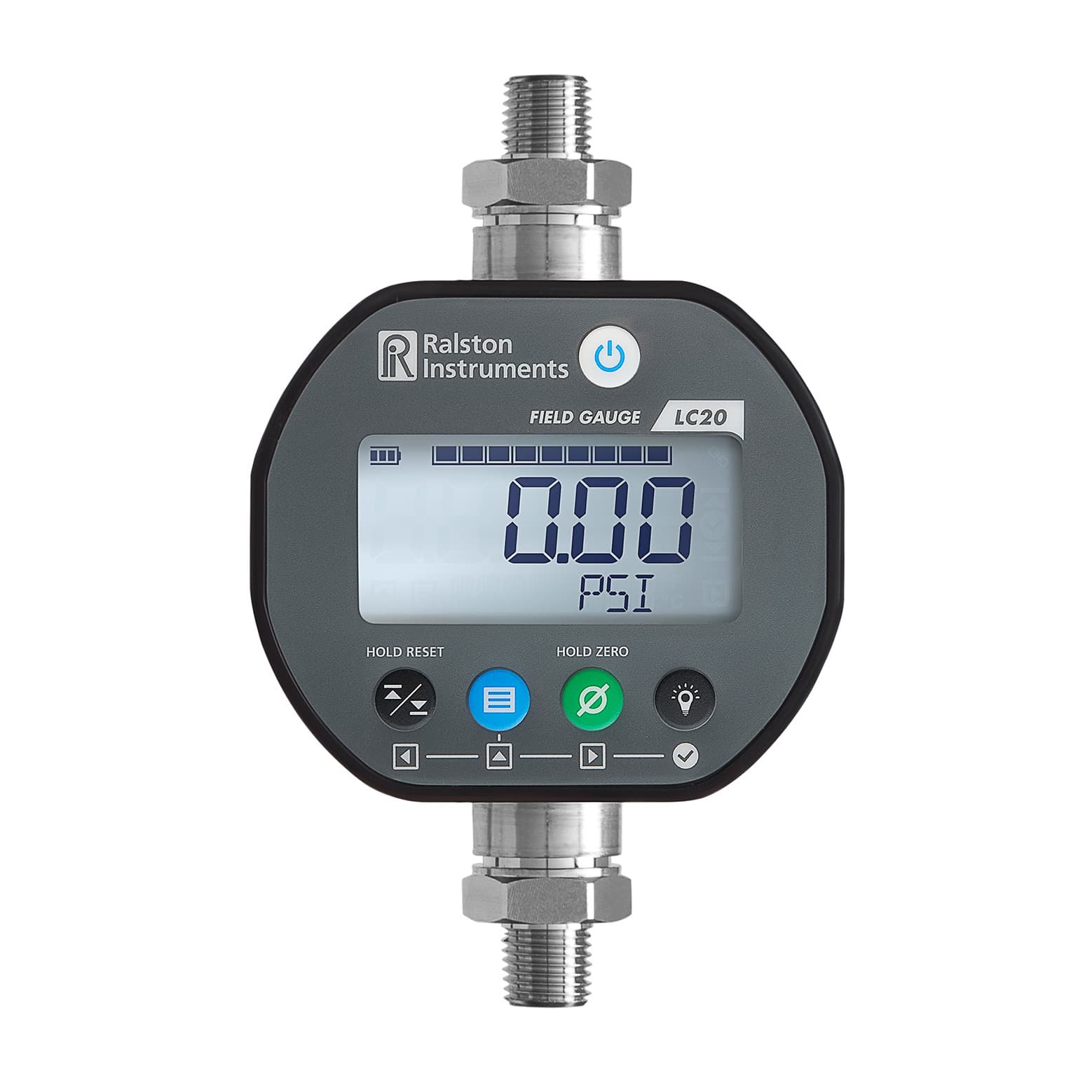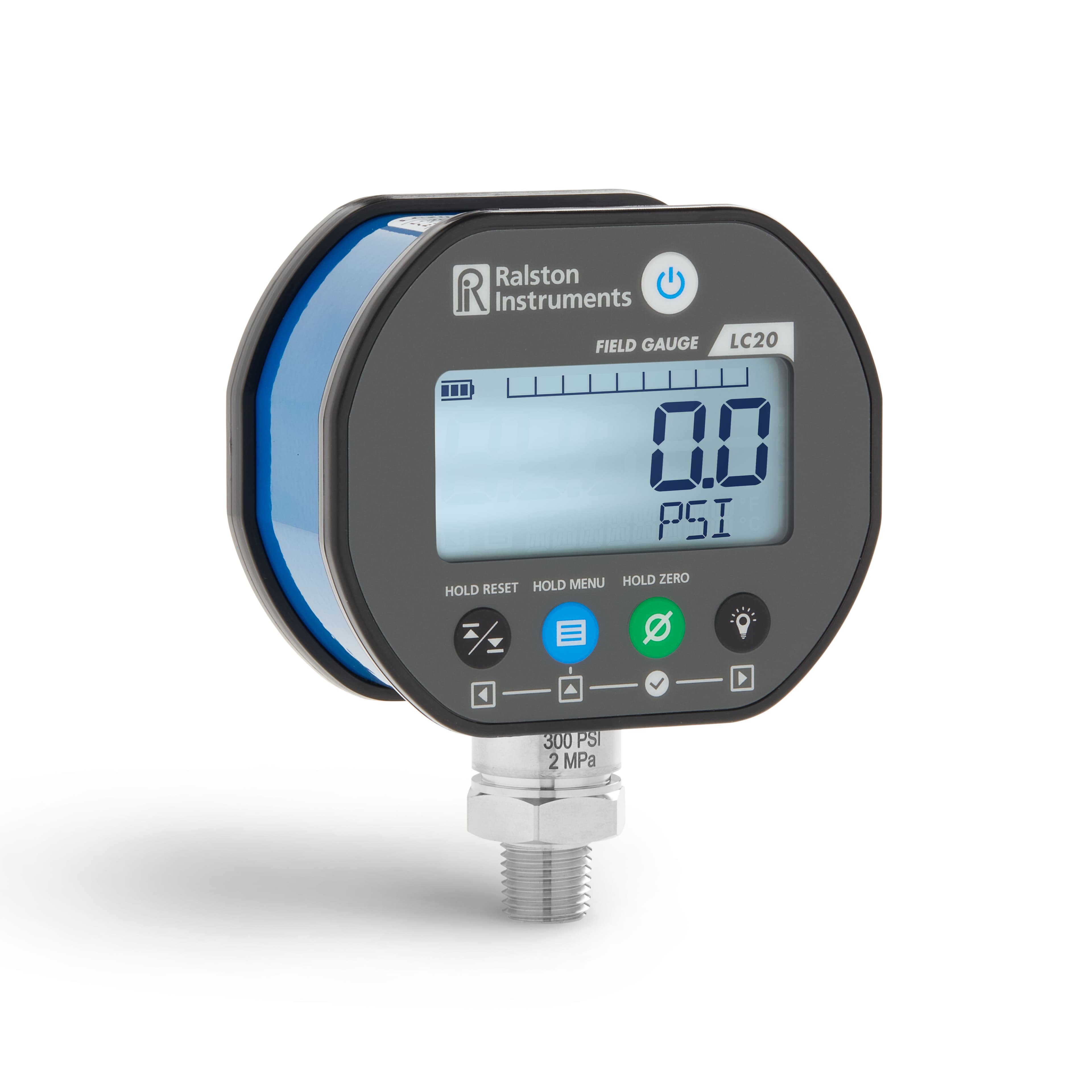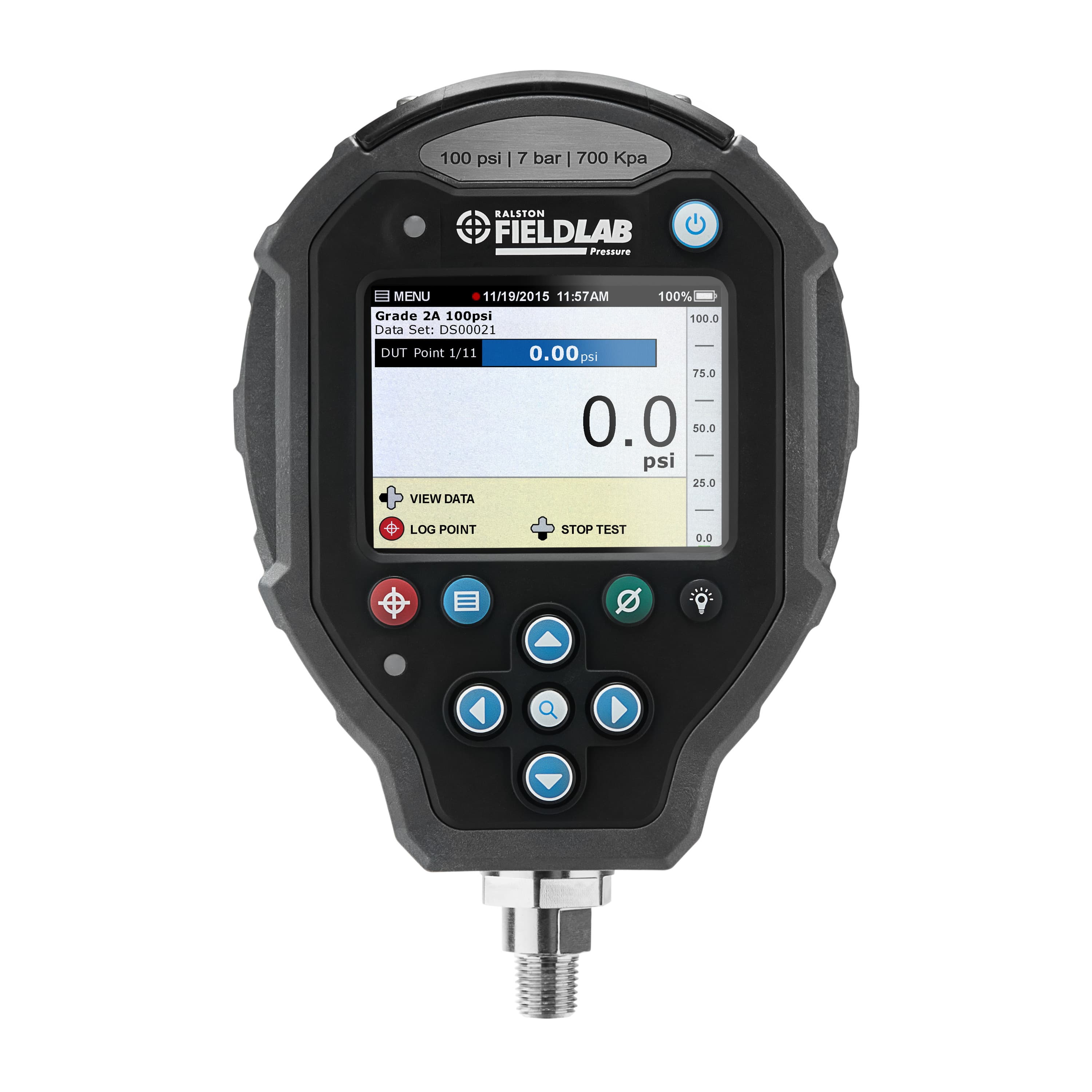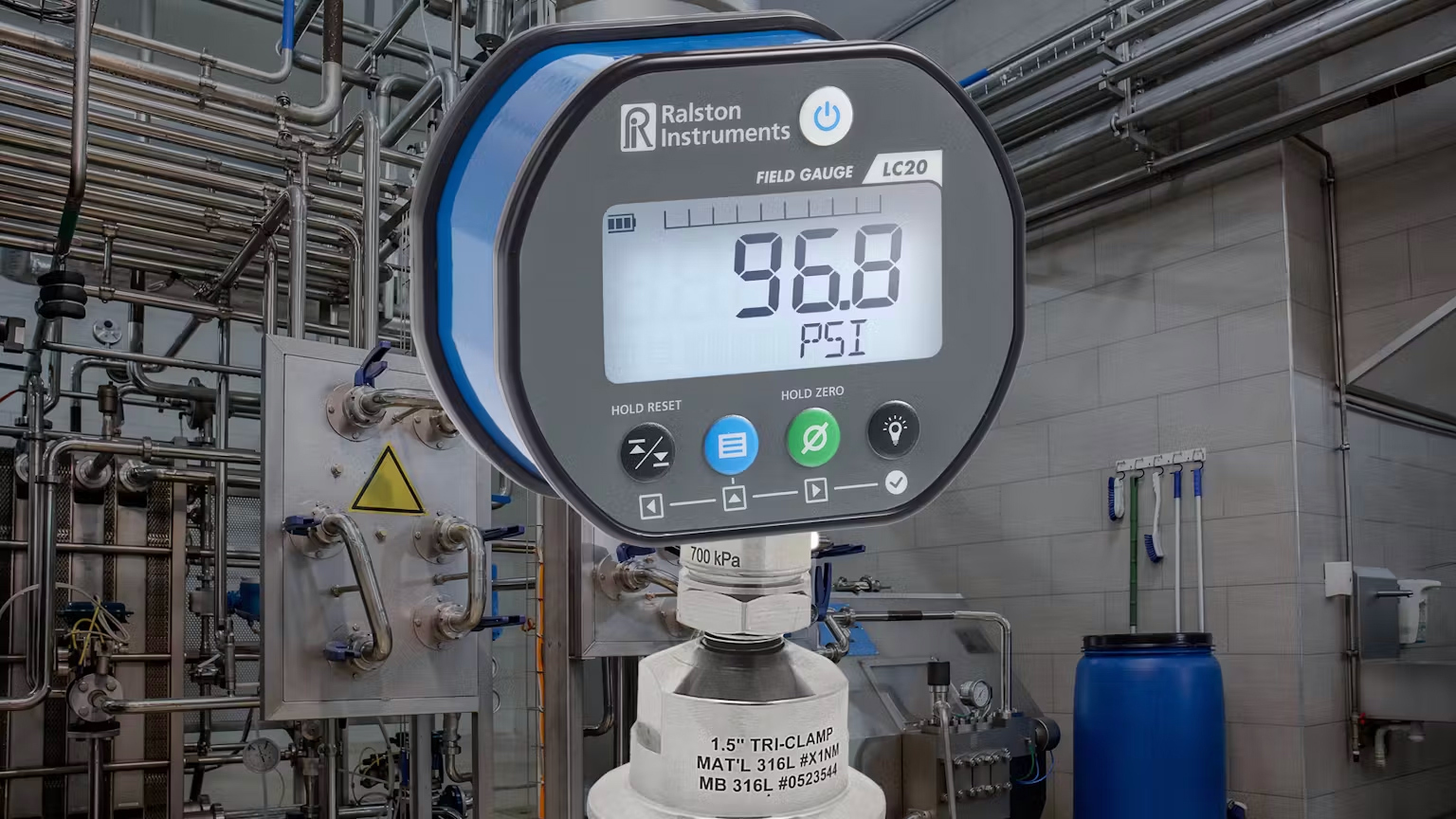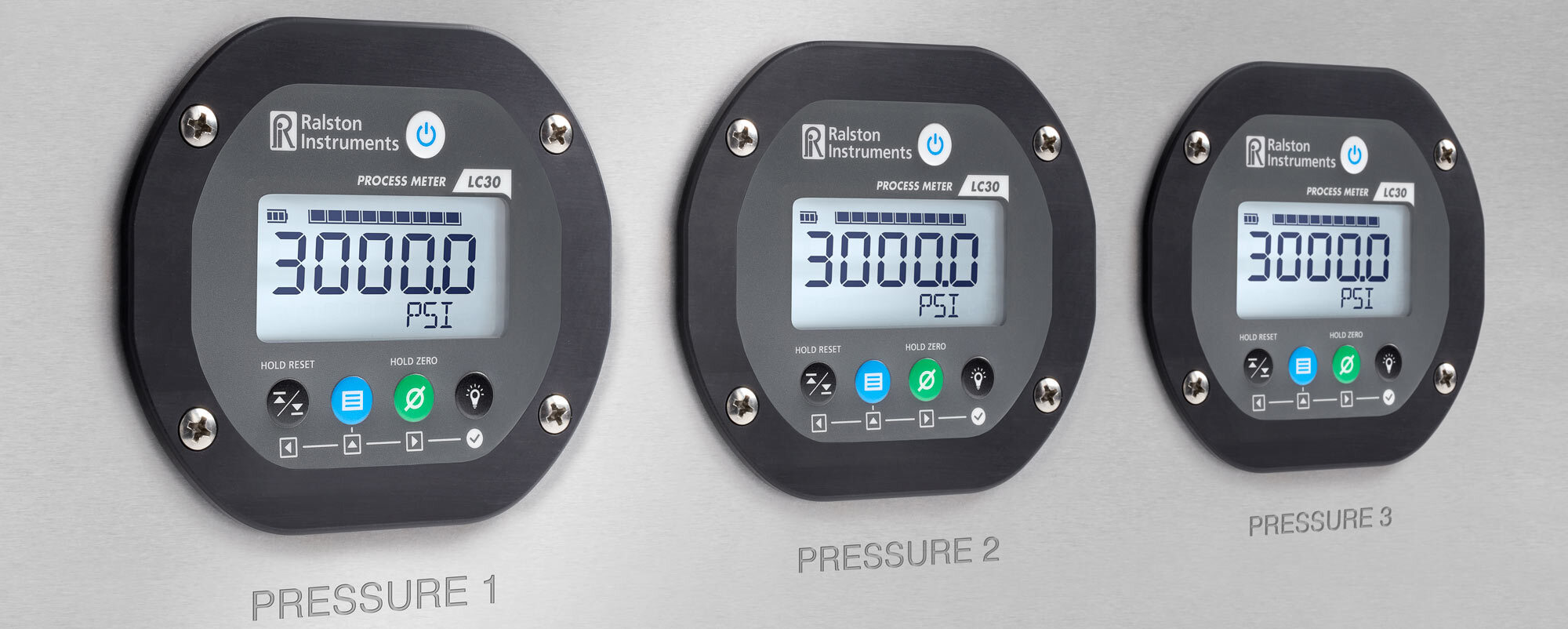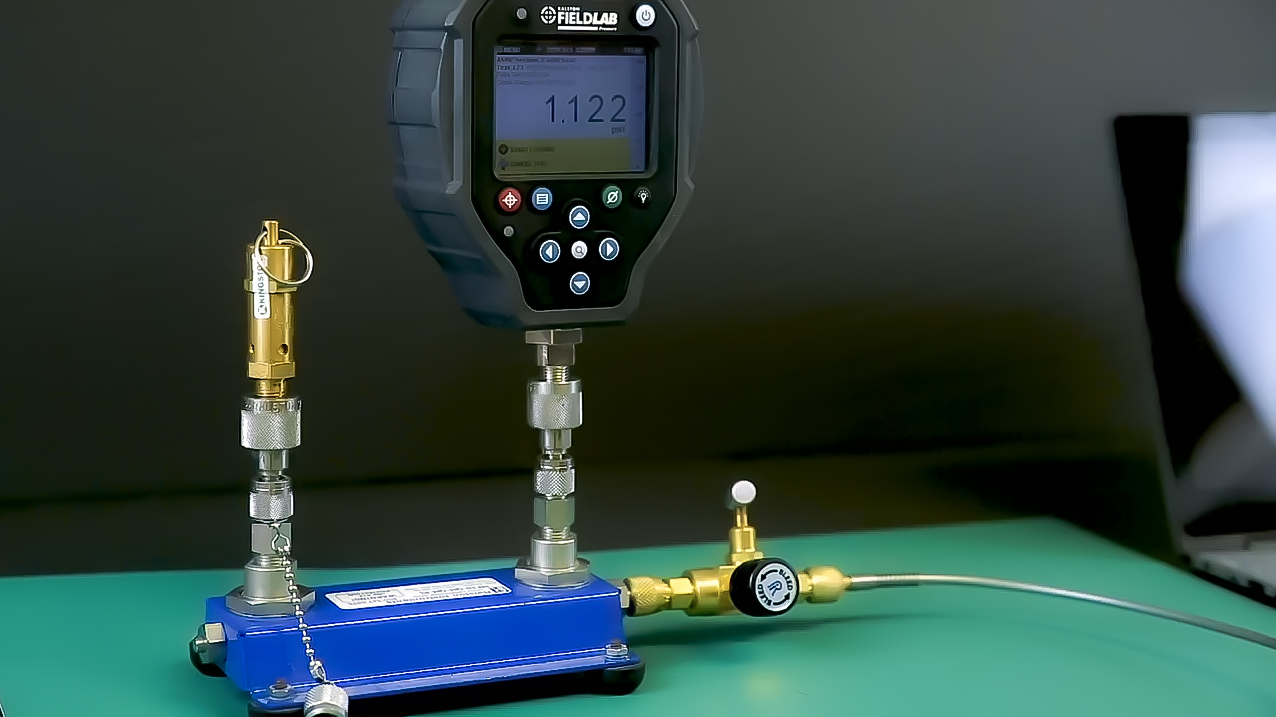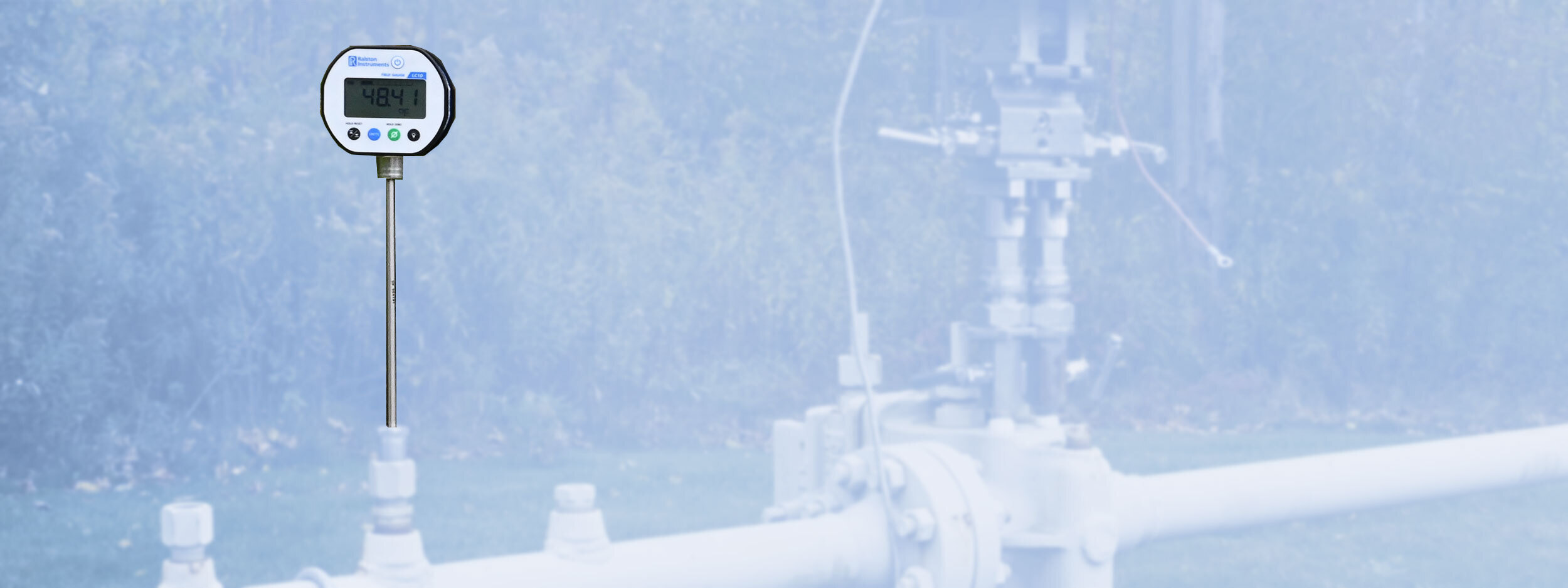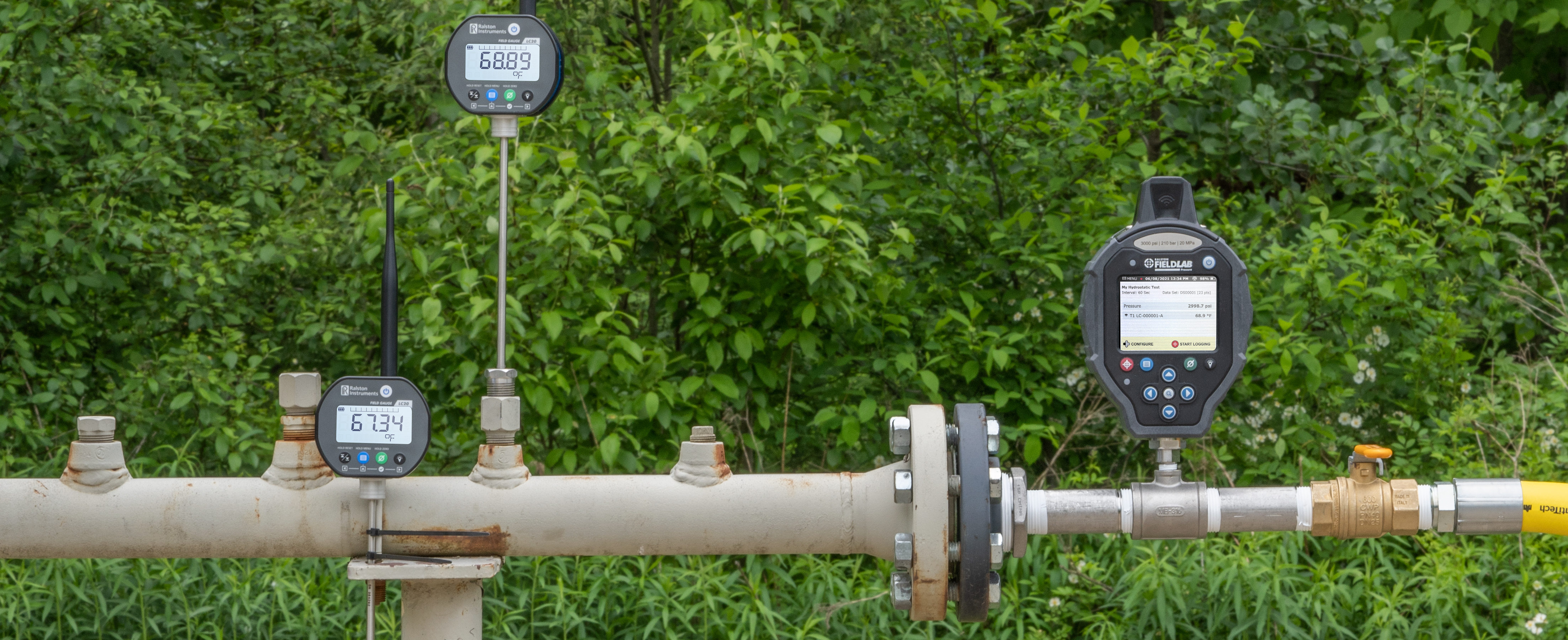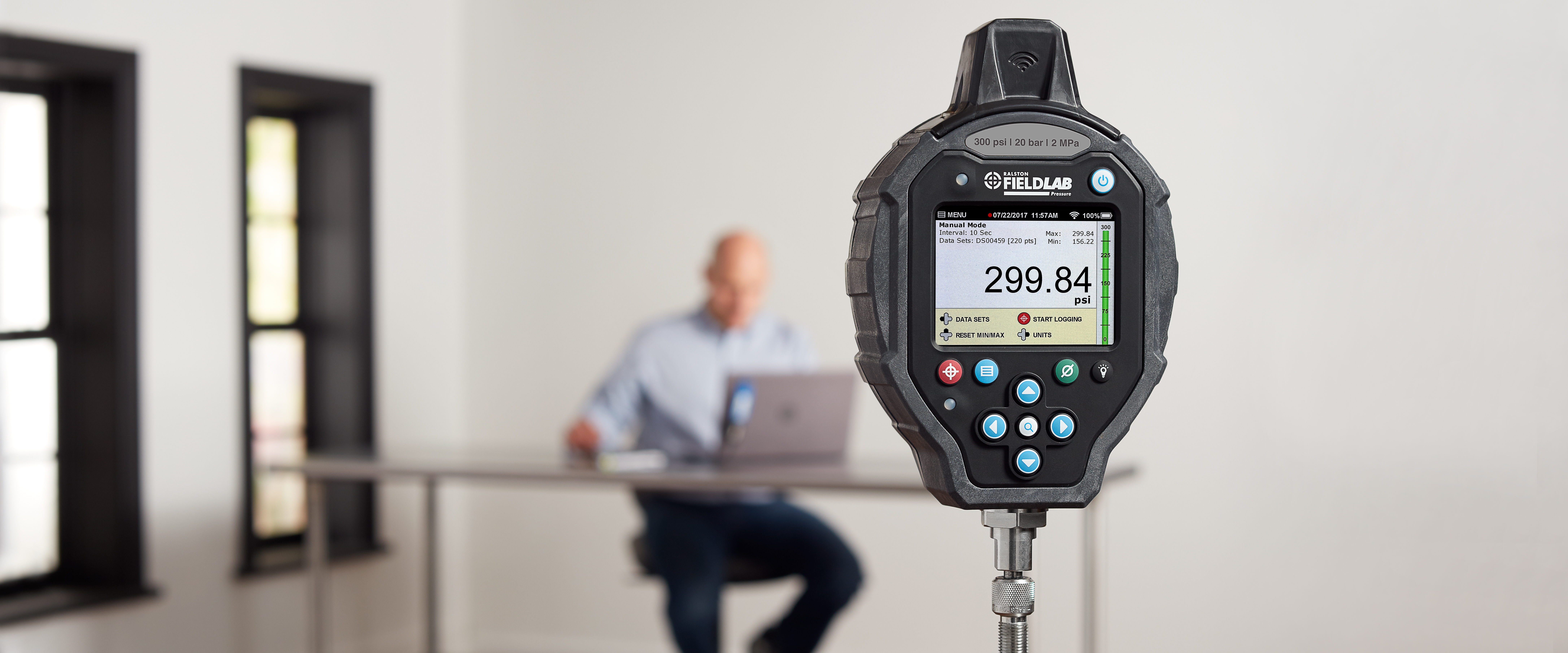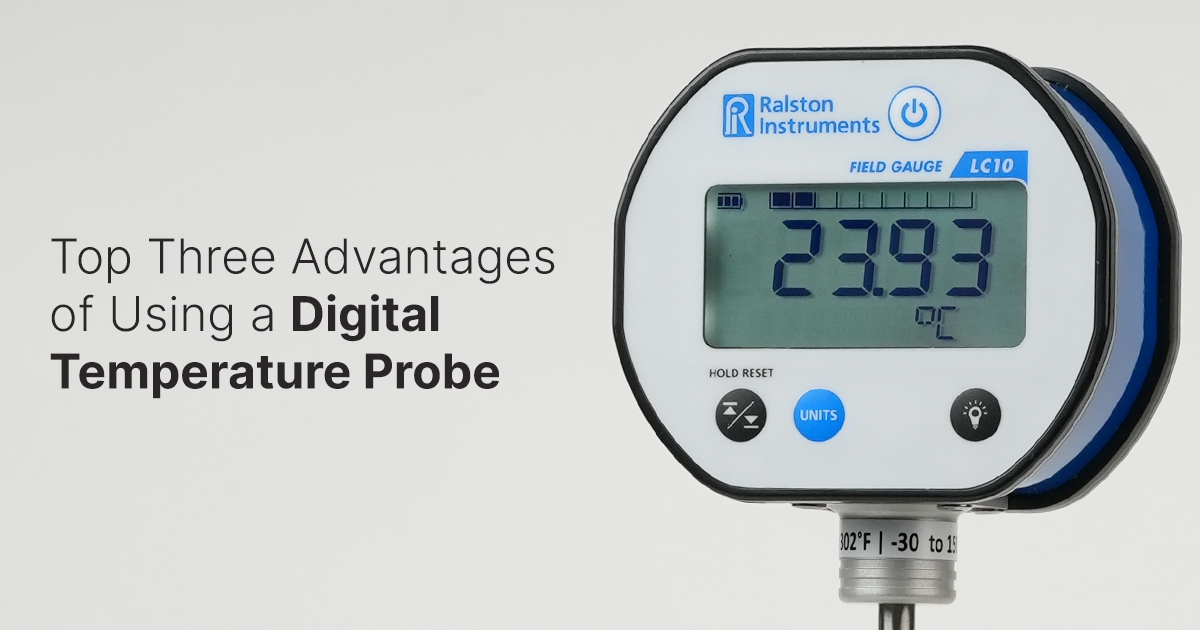Natural gas is a vital component of the world’s supply of energy. We use it to generate electricity, heat buildings, fuel vehicles, cook food, power industrial furnaces, and more. Thanks to substantial technological improvements and increased regulations over the years, it is obtained and transported more safely and efficiently today than ever before. But when gas leaks do occur, they can pose serious health threats, from carbon monoxide poisoning to fires or even explosions. Ensuring that gas distribution lines are installed and operating correctly is crucial, and one of the best ways to prevent leaks is for pipelines and gas distribution companies to pressure test their lines.
What is a Pressure Test?
Before a gas line can be brought online, gas utility companies must conduct a pressure test of the newly installed gas line to ensure that the materials, design, fabrication, and installation practices comply with the local codes. Pressure testing is the practice of subjecting pipes or pipeline systems to pressure far above operating pressure to confirm their integrity and locate weaknesses in the pipes, fittings or joints. These tests may be done using pressured air, gas, or water, depending on the situation. All new transmission, distribution, and service lines must be pressure tested before they’re put into service, and the practices are different depending on the type of line.
- Transmission lines are large diameter pipelines that move the gas from producing regions to local distribution companies. They can be anywhere from 6-48 inches in diameter and are pressurized to between 500 and 1,500 psi, depending on the production method. Because of their size and high pressure levels, pressure tests on transmission lines are usually conducted using hydrostatic testing, a large-scale process that involves filling the line with water, pressurizing it to 1.5 times the maximum allowable operating pressure, and then monitoring it for 6-8 hours to ensure that the pressure holds. When gas from transmission lines reaches a local gas utility, it passes through gate stations which reduce the pressure to a distribution level.
- Distribution lines (or mains) deliver gas through cities and neighborhoods at much lower pressure, typically between .25 and 200 psi, through smaller pipes, generally between 2 and 24 inches in diameter. Pneumatic testing is a more common method for pressure testing distribution lines, which involves using air pressure to pressurize the line. Standard gas line inspections usually require that lines hold 1.5 times the maximum operating pressure or 50 psi, whichever is greater. These tests usually take under 30 minutes and if the volume is less than 500 cubic feet, then a simple 15 minute test is often acceptable.
As a rule, distribution lines get smaller and with lower pressure as they get closer to the end user. The appliances used in our homes and businesses are not designed to accommodate high gas pressure from the distribution lines so as the gas flows through the distribution system, valves are used to control gas flow and a series of regulators are used to reduce the pressure to safe levels. While most distribution mains operate near pressures of 10 psi or more, the last pressure reduction to around ¼ psi occurs just prior to the customer meter, ensuring that the pressure level has dropped to levels acceptable for the buildings or areas they were designed for.
How to Pressure Test a New Gas Distribution Line
Prepare the line
Remove the line segment from service, dig trenches at each end to expose the line, and safely vent the natural gas. Close all vents and bleed air pockets from the system.
Seal the ends
Remove short sections from each end of the line and seal the ends with test caps.
Pressurize the line
Use a pump or compressor to fill the line with air or gas. Gradually increase the pressure to a level higher than the line's normal operating pressure.
Hold the pressure
Maintain the pressure for a specified period of time, usually at least 15 - 30 minutes but sometimes as long as eight hours or more.
Check for leaks
Use a pressure gauge to measure the pressure at the inlet pressure (the high side) and at the furthest point from the source (the low side) to check for leaks. Typically, if the gas line loses 2 psi from a test of 20 psi on the line, the lines are considered acceptable. If the line loses more than 10% of the pressure, it may have a leak.
Repair and retest
If leaks are found, identify and repair them. Then, re-pressurize the line and repeat the test.
Bring it online
Once the test is complete and the gas pipes have been verified, pressure can be carefully bled from the system and the line can be brought online.
The Importance of Accurate Record-Keeping
No pressure test would be complete, of course, without thorough record-keeping. Proper documentation helps ensure that the pressure test has been conducted according to safety standards and regulations, which is critical for preventing leaks and diagnosing potential problems down the line.
Optimizing Pressure Testing with a Dual Pressure Gauge
Standard analog gauges, pressure chart recorders, and deadweight testers are some of the most common tools used in pressure testing gas lines, but they’re not always the most efficient. For example, typical analog gauges aren’t usually equipped to measure the wide pressure ranges required in gas distribution line testing, so it’s not uncommon for techs to juggle two, three, or even four different gauges to be able to take readings at both very high and very low pressures. That’s more instruments to calibrate and maintain, and an additional source of potential error in a process that depends on the already flawed system of record keeping with pen and paper.
Digital gauges can prevent these potential errors by recording a digital history of pressure testing in real time, and the Ralston Dual Pressure Field Gauge LC20 really optimizes the testing process with specialized sensors designed to accurately measure both the high and low pressures levels required for gas distribution line testing. It reduces the need for multiple gauges, and provides more reliable measurements with clear, traceable results.
Pressure Testing for a Safer World
Pressure testing plays an important role any time natural gas piping systems are installed or repaired. It helps to identify any design flaws or any weaknesses in the pipe, fillings or joints before the pipe is taken on line, which can prevent gas leaks and potential issues down the road. With the right tools and by following local codes and regulations, pressure testing helps us enjoy the benefits of natural gas safely and reliably.

